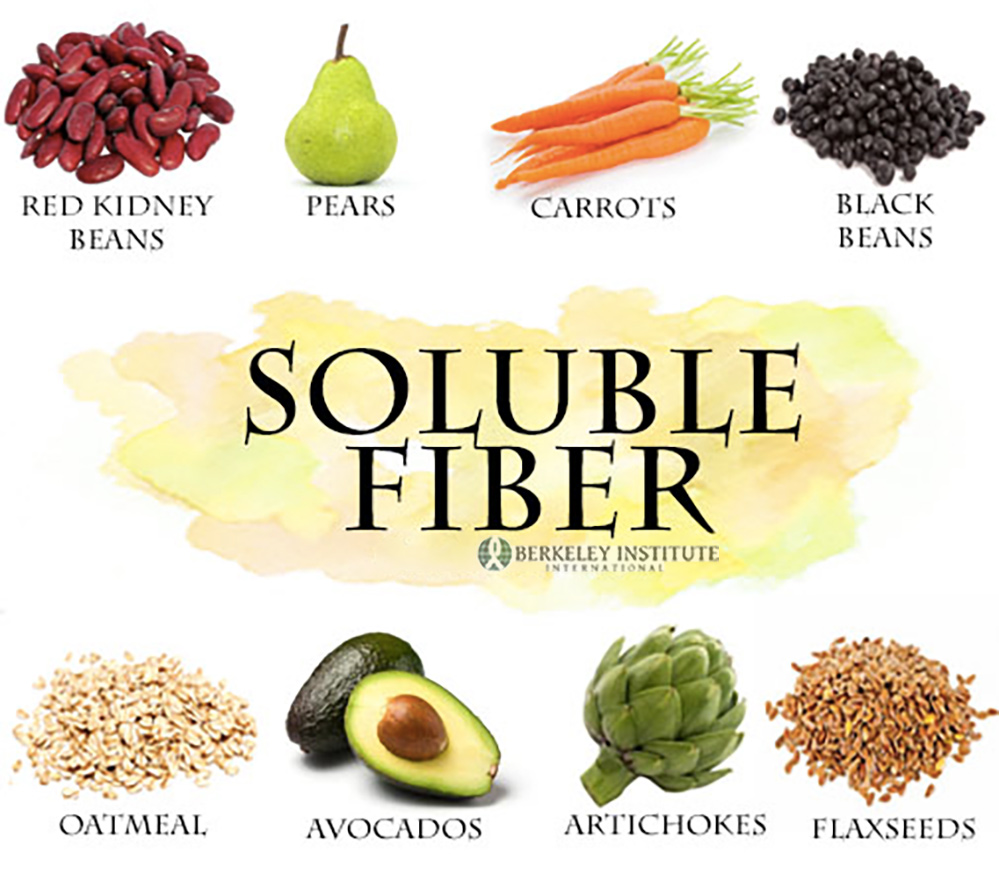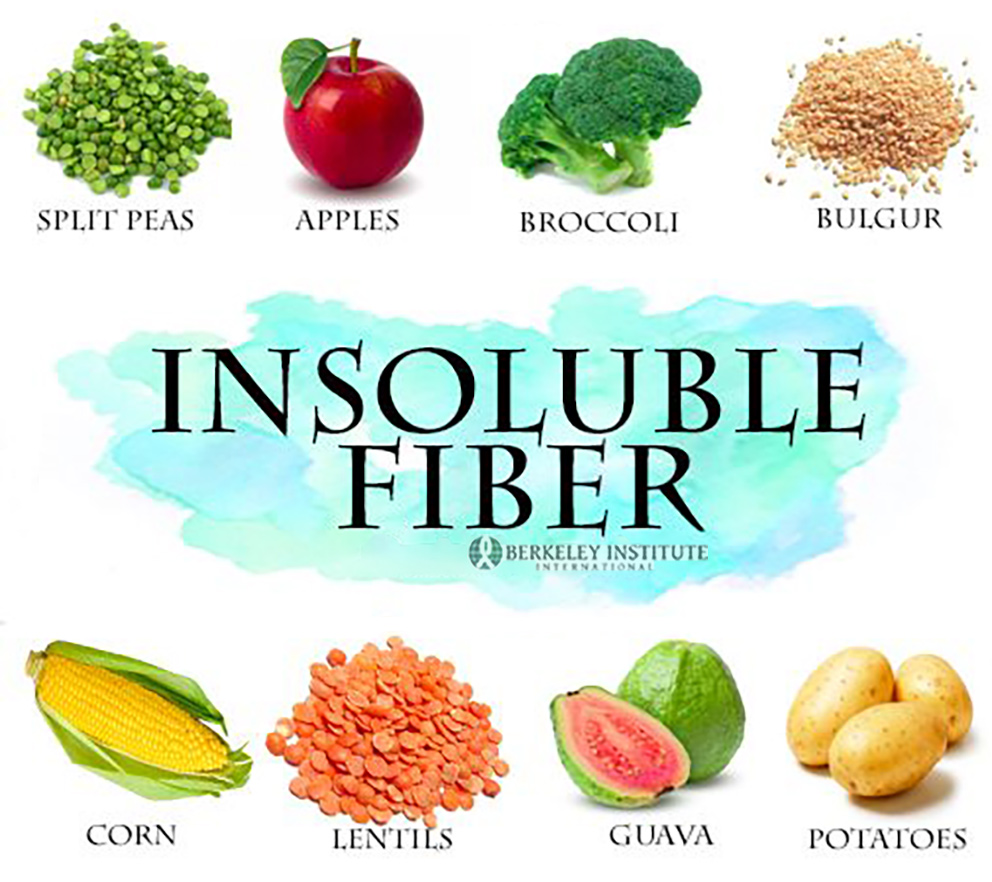Should I Eat More High-Fiber Foods to Prevent Cancer?
For most people, that’s a big YES, particularly when it comes to prevention of and survival with colorectal cancer. It’s also shown promise with trials for prostate, lung, and ovarian cancers. Although studies show mixed results, most support the current recommendation of getting approximately 25 grams of fiber each day from fresh fruits and vegetables, whole grains and legumes (beans and lentils) in order to maintain a healthy gut, reduce inflammation, and prevent chronic disease.

Researchers are also looking at associations between different sources of fiber and other cancers. For instance, the European Prospective Investigation Into Cancer and Nutrition found that high total fiber intake is associated with a reduced risk of liver cancer. A high intake of bean and grain fiber has also been associated with a 20 to 38 percent reduction in breast cancer risk. It may be especially important to adopt a high-fiber habit starting early in life.
The benefits of fiber
There are many benefits to adding high fiber foods to your diet besides helping to lower your cancer risk. Other benefits of a diet high in fiber include:
- Feeling full longer. Dietary fiber includes a form of carbohydrate that people can’t digest. The fiber slows the speed at which food and drink leave your stomach. So, you stay full longer after each meal or snack.
- Weight control. Many high-fiber foods are low-calorie and packed with nutrients. That’s good news, since maintaining a healthy weight is one of the most important factors in reducing your risk of cancer and other diseases.
- Lower cholesterol. Some fibers help prevent fat and cholesterol absorption, helping you lower your cholesterol over time.
- Stabilized blood sugar levels. Diabetic? Or at risk of becoming diabetic? Fiber can positively influence blood sugar levels by slowing how quickly sugar gets into your blood stream.
- Bowel management. Have digestive problems? Adding fiber to your diet can help protect your intestinal lining and make bowel movements easier or more frequent.
Sources of fiber
There are two types of fiber: soluble and insoluble. Both are a part of a healthy diet that can help lower your cancer risk.

Soluble fiber attracts water and turns to gel during digestion, slowing the digestive process. Foods high in soluble fiber include:
- Oats
- Barley
- Nuts and seeds
- Peas
- Avocado
- Oranges
- Brussels sprouts

- Apples
- Whole grains
- Wheat bran
- Broccoli
- Corn
- Potatoes
- Lentils
Juice is not a good source of fiber. Even if juice is made from fresh fruits and vegetables, the fiber is often removed in the juicing process. Foods with at least 2.5 grams of fiber per serving are considered good sources of fiber. And foods with at least 5 grams or more per serving of fiber are considered excellent sources of fiber. Avocados are a good source of both soluble and insoluble fiber, so dig in!
How to add fiber to your diet
Be sure to increase your fiber intake gradually. Adding large amounts of fiber to your diet too quickly can cause discomfort or gas. Instead, try adding a little more fiber to each meal by including a piece of fruit or switching processed or refined grains for whole grains. Staying hydrated will help ensure that the additional fiber is processed well.
American adults, on average, need to increase fiber consumption by 12 to 15 grams a day to meet AICR’s 30-grams recommendation.
What does it look like to boost fiber by 15 grams ?
- Breakfast: Switch from juice to ½ to ¾ cup of fruit on cereal, sliced on toast or eaten out of hand: + 2 more grams of fiber
- Lunch: Swap 2 slices white bread for whole-wheat bread: + 2 grams of fiber. Instead of potato chips, choose 1 cup of raw pepper strips or other vegetables: + 1 gram of fiber
- Afternoon snack: Instead of a candy bar, tide yourself over with an ounces of nuts: + 2-4 grams of fiber
- Dinner: Replace part of the chicken or meat in your stir-fry, chili or casserole with ½ cup of black beans or lentils: + 8 grams of fiber
- TOTAL: 15-17 grams of additional fiber
In this example to increase fiber, notice that the added fiber does not come from just one kind of food. It makes the healthy fiber target a more realistic goal when choosing from the big picture of food sources. Besides, foods differ in the mix of fiber types they contain, and this variety provides you with the wide range of fiber’s benefits. Viscous fiber, fermentable fiber and insoluble bulking fiber, for example, each support different aspects of health.
>> More information on risk factors of cancer and how you can prevent them.

